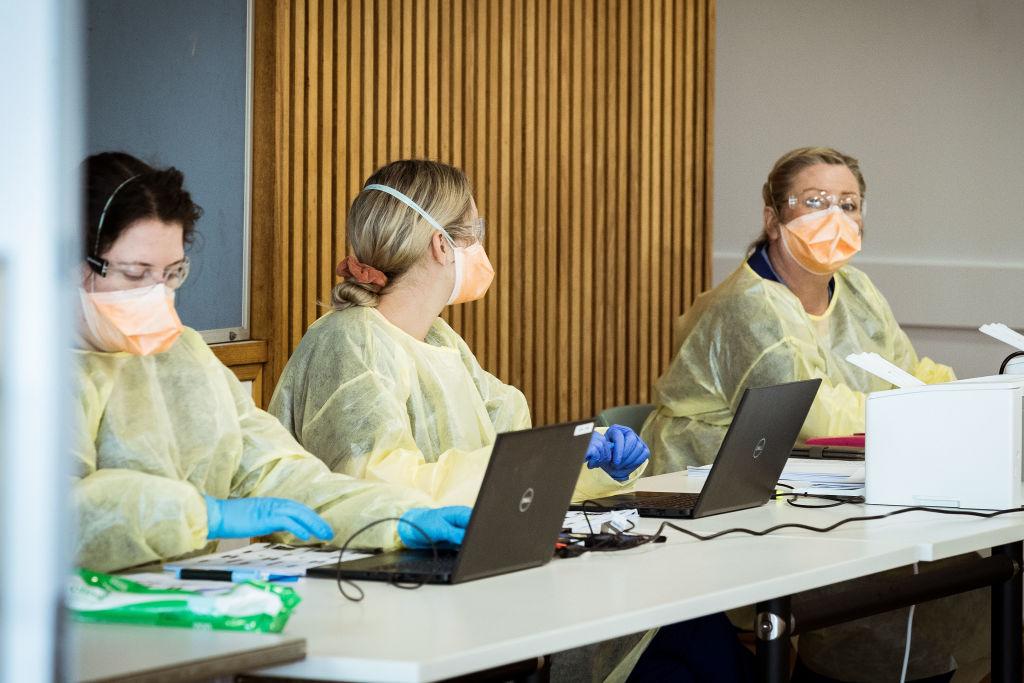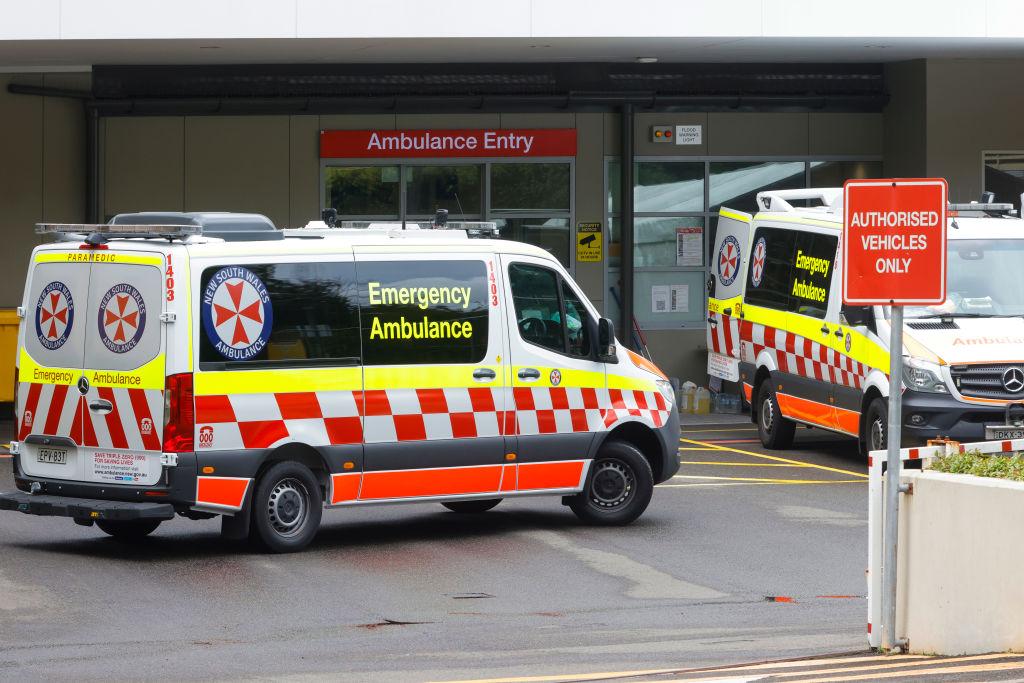Victoria will learn if its contact tracing shortcomings have been remedied since the system was “overwhelmed” during the state’s deadly second wave.
A report into the state’s contract tracing program will be tabled in Victorian parliament on Dec. 14 after it was put under the microscope by an upper house inquiry.





